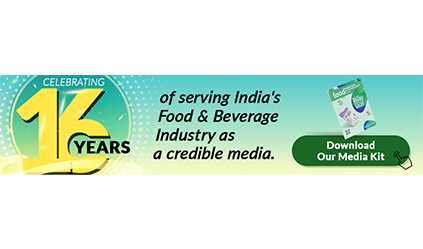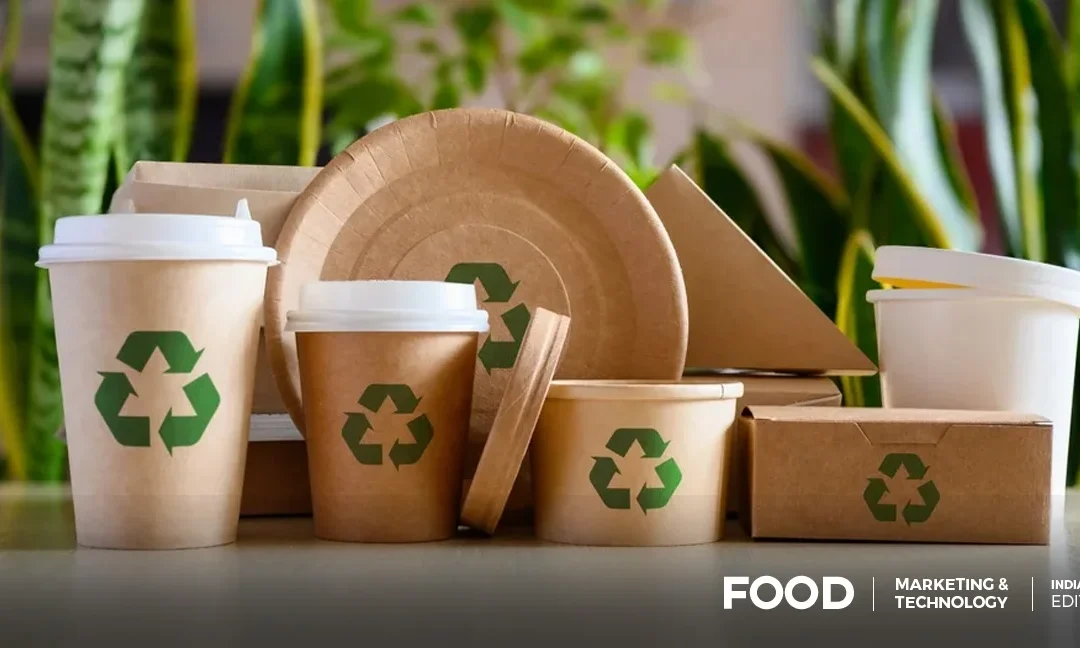Food packaging is a basic necessity in our everyday lives; therefore, the packaging material deserves equal consideration. They help to keep it from undergoing the process of spoilage and contamination during handling, storage, or when being transported. However, due to the variety of food packaging options, decision-making might be complex on which type of food packaging to opt for the food products. This blog post aims to describe food packaging materials, their benefits and drawbacks, and how to make the right decision.
Plastic Food Packaging: Convenience and Concerns
Food packaging requires many materials, although it can be suggested that plastic food packaging is the most widely used. It is preferred by manufacturers and consumers alike because of its relativity, inexpensive, effective, and easy to use. Plastic food packaging comes in various forms, including:
- Plastic wrap: Ideal for wrapping food, especially fruits, vegetables, sandwiches, etc. It is also a good container for any uneaten foods.
- Rigid plastic containers: Ideal for storing yoghurt, fruits, salads, and ready-made meals.
- Flexible pouches: Ideal for snacks, chips, and frozen vegetables.
Advantages of Plastic Food Packaging
- Convenience: It is one of the most versatile and easy-to-use materials because it is light and flexible, like plastic.
- Durability: Using rigid plastics as packaging materials provides some measure of protection against physical damage.
- Transparency: Some plastics enable the consumer to see what is inside the product through a transparent plastic material.
- Moisture barrier: Plastic wrap and some containers can also be used to preserve the freshness of food.
Disadvantages of Plastic Food Packaging
- Environmental impact: Some of the leading causes of plastic pollution include using plastics in production and disposing of plastics.
- Limited biodegradability: Plastic, moreover, has a relatively slow rate of degradation, and it may take several hundred years for it to deteriorate.
- Potential health concerns: Some chemical substances present in plastic have been questioned regarding their impacts on the human body.
The Future of Plastic Food Packaging
Plastic has become a common material due to its versatility but is now accorded a bad reputation due to its effects on the environment. The use of recyclable and biodegradable food packaging materials is slowly rising because food producers are constantly looking for the greenest materials. This includes the use of bioplastics, which are physical materials derived from renewable resources, and improving the methods of recycling plastics.
Packaging for Food: Paper and Paperboard – Sustainable and Versatile
However, regarding the environment and the desire to provide environmentally friendly food packaging materials, paper and paperboard are reasonable. These materials are derived from renewable resources and are environmentally friendly since they are biodegradable. Popular examples include:
- Paperboard boxes: These are mainly used to contain cereals, biscuits, crackers, and other frozen products.
- Cardboard boxes: Ideally suited for holding more food, like pizza, when many of them are transported at a given time.
- Paper bags: Popular with bakery products, fruits and vegetables.
- Waxed paper: Perfect to wrap cheese and other delicatessen products.
Advantages of Paper and Paperboard Food Packaging
- Sustainability: Recyclable raw materials such as trees are used to produce paper and paper boards that are naturally recyclable.
- Biodegradability: These materials can disintegrate on their own after they have been disposed of.
- Versatility: Paper and paperboard food packaging boxes can come in many shapes and sizes to fit various needs.
- Printability: Of all the papers, paperboard is the most appropriate for printing information and branding on food packaging.
Disadvantages of Paper and Paperboard Food Packaging
- Moisture sensitivity: Paper and paperboard can sustain damage and quickly turn soggy, especially when in contact with moist foods.
- Durability: Paperboard packaging may not be as stiff compared to some plastics.
Types of Packaging: Metal – Sturdy and Secure
Metal containers are firmly sealed and safe; the most common ones include aluminium cans or steel tins. They provide excellent protection against light, air, and contamination, making them ideal for:
- Canned goods: Meals, vegetables, fruits, and beef are foodstuffs in cans.
- Beverages: Aluminum cans are common for storing and preserving soda, beer, and many other drinks.
Advantages of Metal Food Packaging
- Durability: Metal tins also reduce the likelihood of damage to the product and help increase its shelf life.
- Barrier properties: It prevents light, air, and moisture from penetrating through that food to be stored and retains its quality.
- Recyclability: Metal packaging is reusable and can be recycled many times; in other words, it is a highly recyclable material.
Disadvantages of Metal Food Packaging
- Weight: Metal containers are usually much denser than plastic or paperboard ones, which can further contribute to the overall cost of production.
- Cost: Metal can be fairly costly for food items compared to other packaging materials.
- Leaching concerns: Occasionally, some metals used in the construction of the containers may dissolve into the packed foods.
Sustainable Packaging Materials: Emerging Solutions
This has led to new and more environmentally friendly packaging materials for foods. These alternatives offer promising solutions for a greener future:
- Bioplastics: Some plastics are derived from corn starch or cellulose and are biodegradable or at least eco-friendly.
- Edible coatings: Many are derived from plant sources such as waxes or oils, making them suitable for replacing plastic wrap with an added ability to serve as a preservative.
- Mushroom packaging: This new technology is focused on using mycelium—mushrooms’ root structure—to grow lightweight and biodegradable packaging materials.
Choosing the Right Food Packaging Material
Selecting the right food packaging material depends on several factors, including:
- Type of food: Not all foods need the same protection to remain safe throughout the food chain. For instance, delicate fruit may need a paper bag that allows air circulation, while cooked meat requires a moisture-proof plastic box.
- Shelf life: The desired shelf life of the particular food is also essential. Larger metal cans and glass jars are ideal for long-term storage, and paperboard boxes may work well for short-term storage.
- Functionality: This decision is essential because you should consider the desired functionality. Are you looking for a snack bag that can be sealed again or a microwaveable container for ready-to-eat meals?
- Sustainability: Packaging materials such as paper, plastic, and foam should be sourced from recycled products or be degradable.
- Cost: The costs incurred in packaging affect the final price at which a product is sold. The company should ensure that the products are not too expensive or too cheap; in other words, it should ensure that they balance the price factor.
Here’s a quick guide to help you choose the right food packaging material based on the type of food:
- Fresh fruits and vegetables: Plastic bags should be breathable, so breathable paper bags, mesh bags, or waxed paper should be used.
- Bakery goods: For the other grocery items, minimal contact with air can be provided through paper bags, cardboard boxes, or waxed papers, which help retain freshness and avert crushing.
- Meat and poultry: When proper moisture control is required, vacuum-sealed plastic bags or rigid plastic containers with good moisture barriers are recommended.
- Dairy products: For cheese, the packaging material may be glass jars, plastic containers with an airtight lid, or waxed paper.
- Dry goods: Clear plastic bins, empty food boxes, plastic grocery bags, or resealable food storage bags are suitable for pasta, rice, and cereals.
- Frozen foods: High-density polyethene (HDPE) plastic containers or aluminium foil for the marinade containers can easily freeze because they are made of HDPE plastic, which can hold a cold temperature.
The Future of Food Packaging
It is expected that in the future, food packaging will also place a significant emphasis on sustainability and innovation. Bio-degradable products, edible films and recyclable packaging materials and products are gradually finding their way into the market. Also, the trend towards intelligent packaging that would alert the consumer to food spoilage or monitor the freshness level of the food is in demand. This only means that as days go by and technology constantly emerges, we can look forward to more innovative and environmentally sustainable food packaging in the future.
Conclusion
It is essential to point out the relevance of the packaging materials used in the packaging of foods. This way, the various factors that pertain to the types of materials, their usefulness, disadvantages, and the right one to use for specific food items can be adequately evaluated to ensure the necessary measures for food safety from spoilage are taken while reducing waste for the environment’s benefit in the future. So, it is time to start talking about how new packaging can help maintain food quality while at the same time being more friendly to the environment.
Remember: It is vital to carefully select and evaluate various food packaging materials according to their life cycle from production to disposal. Materials that can be recycled, biodegradable, or reusable should be preferred. We are responsible for creating a better tomorrow for food packaging production and usage.



